Kashi preserved
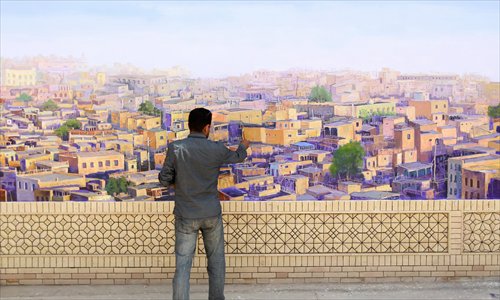
An artist paints a mural depicting old Kashi neighborhoods on a wall in the old city. Photo: Cui Meng/GT
Covering only 4.25 square kilometers, the old city of Kashi, also known as Kashgar, still embodies the soul of the local Uyghur community in this city, an important stopover along the ancient Silk Road.
Wood and mud houses are clustered around the area and form a maze of alleys, unique to China's Islamic neighborhoods. New and modern projects have been erected around Kashi, as with all cities around China, but fortunately the core of the old Kashi neighborhood has been kept intact and alive.
A renovation project is going on in this area to rebuild the rundown structures. Many of the buildings have centuries of history, with some being over 1,000 years old, despite fears of earthquakes. The city lies near a fault line, so tremors remain an ongoing risk to the more than 23,000 residents living in this area.
The renovation plan, being undertaken by the local government, aims to rebuild the old Kashi and retain its original appearance.
Though the existence of some Uyghur traditional buildings like old teahouses has been challenged by modernization, traditional lifestyles have been maintained in Kashi, which also has the largest mosque in Xinjiang.
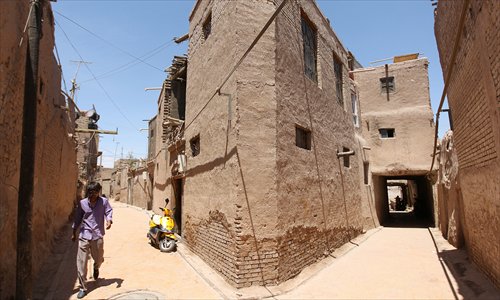
A resident walks in the alleyways of the old Kashi neighborhood. Photo: Cui Meng/GT
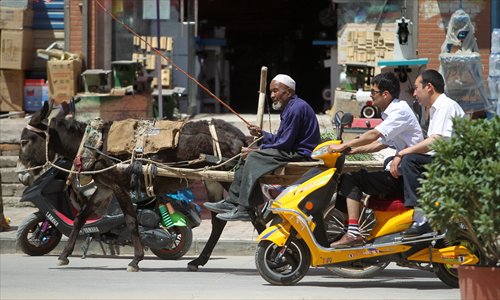
Modern and traditional forms of transport in Kashi. Photo: Cui Meng/GT
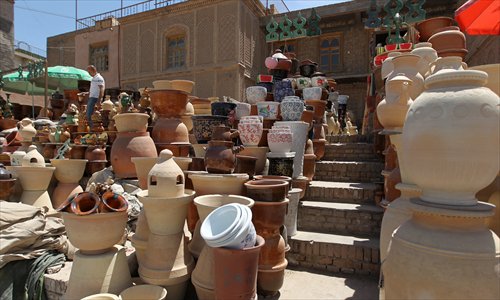
Pottery utensils are on sale at a craft store in Kashi. Photo: Cui Meng/GT
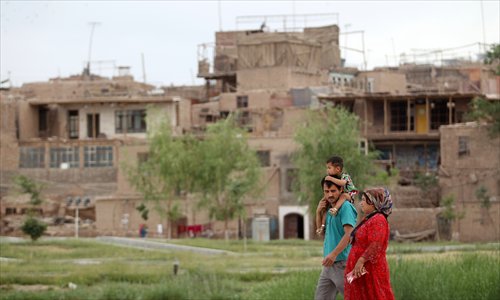
A family of three takes a walk in Kashi. Photo: Cui Meng/GT
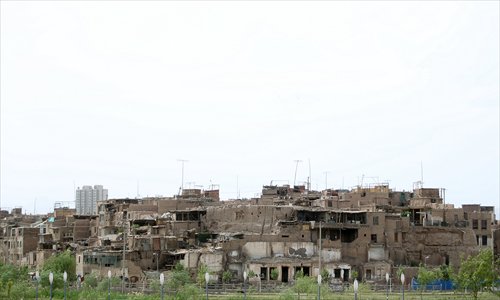
A shot of part of the old city in Kashi. Photo: Cui Meng/GT